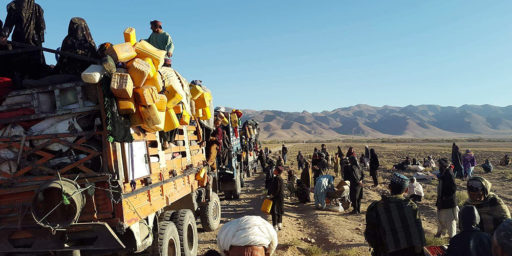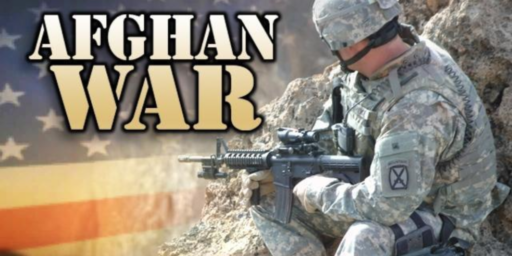AFGHANISTAN UPDATE
StrategyPage has some interesting analysis of this forgotten war:
July 13, 2003: The Pushtuns are still a problem. Although the president of Afghanistan is a Pushtun, as are many other senior leaders, the Pushtun tribes (who represent about 40 percent of the population) still see themselves underrepresented in the government and the army. Part of this has to do with the fact that the Northern Alliance that led the fight against the Taliban contained a minority of Pushtuns and the Taliban was largely a Pushtun movement. So there are a disproportionate number of Tajiks, Uzbeks and Hazara in the government and the new army. Worse, Pushtuns have been reluctant to join the new army and those that do are often viewed with suspicion. This is becoming a larger problem as the government tries to disarm the tribal and warlord militias, most of them Pushtun. The government is trying to work out a deal with the UN to get money and goods to offer men who turn in their weapons and take up a civilian career.
July 12, 2003: The national army has 2,700 trained troops on duty, and another 1,200 undergoing training. It seems unlikely that the national army will be at it’s planned strength of 9-12,000 by next Summer. Afghans have been reluctant to join the army, particularly Pushtuns. Afghans are accustomed to serving in tribe based military units and the concept to people from many different tribes serving in the same unit is an alien and unpopular one.





